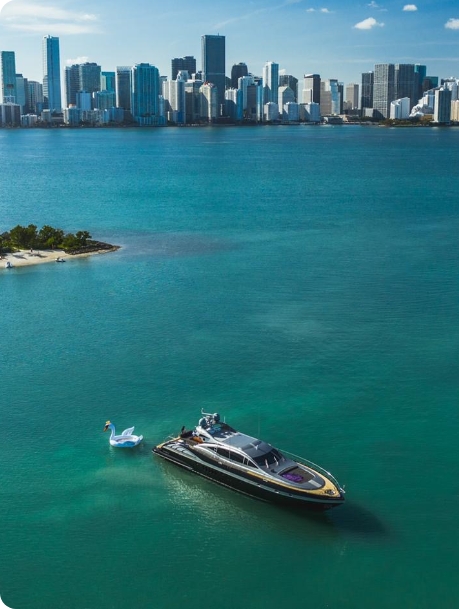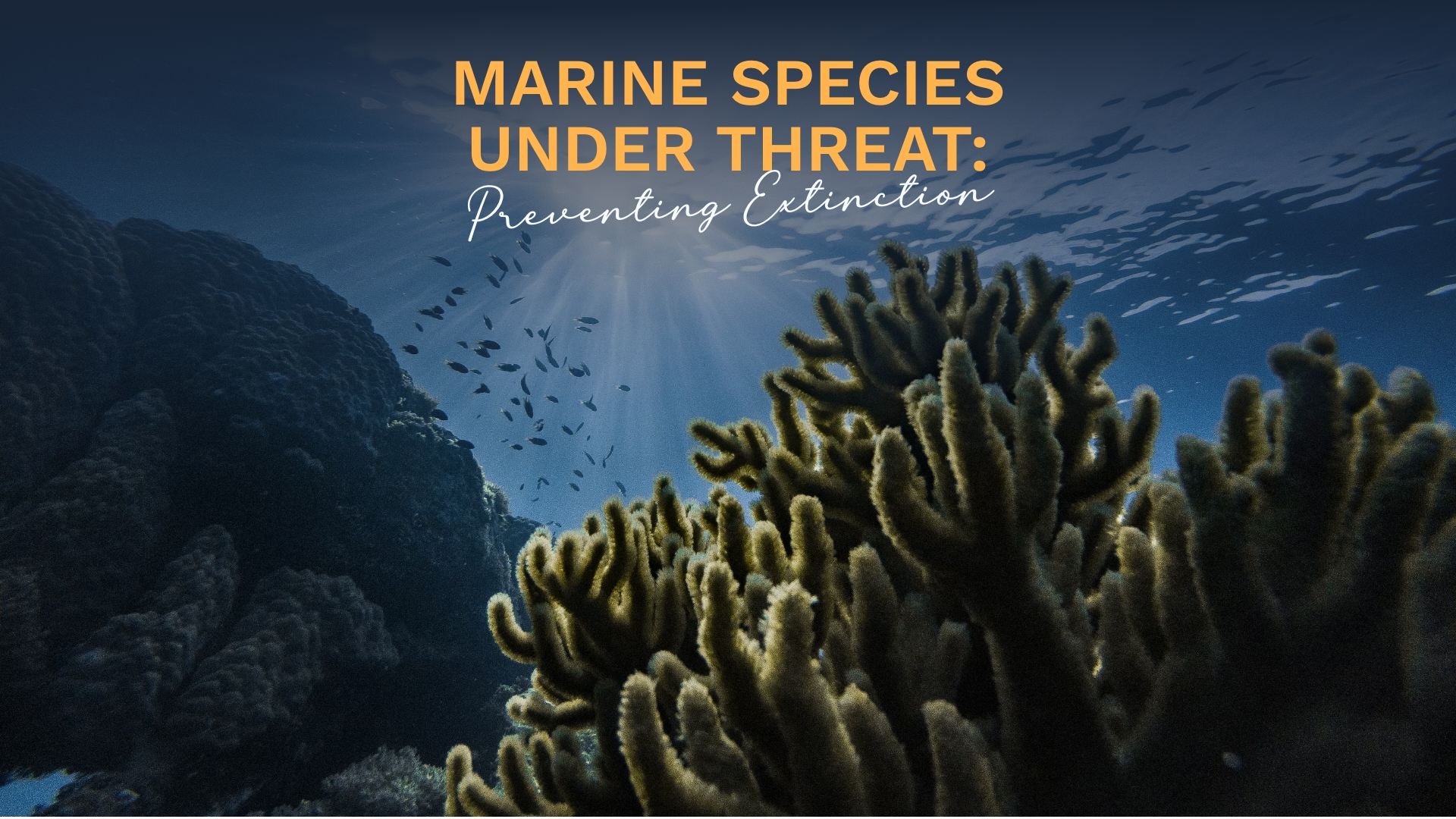
The efforts to safeguard species on the verge of extinction have shown remarkable progress, thanks to a unified commitment to cleanliness, sustainability, and social responsibility. Through constant recovery of plastic and other waste such as tires from Florida’s waters, significant strides have been made in preserving the diverse marine species under threat life.
The Plight of Endangered Species
According to NOAA Fisheries (as of March 18, 2024), 24 species in Florida’s waters are dangerously close to extinction. This critical situation is primarily due to climate change, maritime pollution, and severe damage to maritime reefs. Among these species, the following are particularly noteworthy:
Green Turtle: Found in subtropical and temperate regions globally, green turtles face threats from illegal harvesting, bycatch, vessel strikes, and habitat loss due to coastal development and climate change. Key feeding areas in Florida include the Indian River Lagoon and the Florida Keys.
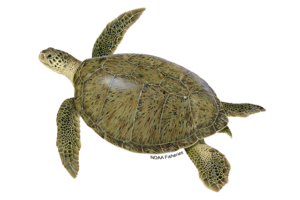
Atlantic Sturgeon: This anadromous fish lives in rivers and coastal waters from Canada to Florida. Overfishing has drastically reduced their populations, though breeding populations still exist in various U.S. rivers. These fish are crucial for maintaining the balance of their ecosystems.
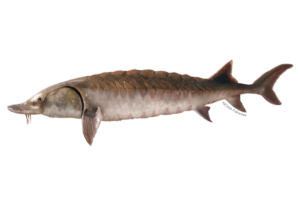
Nassau Grouper: Inhabiting tropical and subtropical waters, the Nassau grouper is a significant reef fish. Overfishing and habitat destruction have placed this species at risk. They are found in the Caribbean, western North Atlantic, and, rarely, the Gulf of Mexico.
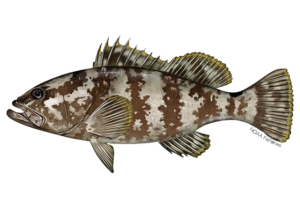
Giant Manta Ray: The world’s largest ray, the giant manta ray, is found in tropical, subtropical, and temperate waters worldwide. Their populations are fragmented and sparse, and they are vulnerable due to their migratory nature and slow reproduction rates.
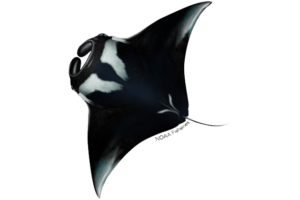
Sperm Whale: Sperm whales have a wide global distribution, from equatorial regions to polar waters. Their migrations and populations are influenced by food sources and breeding conditions, with distinct patterns based on age and sex.
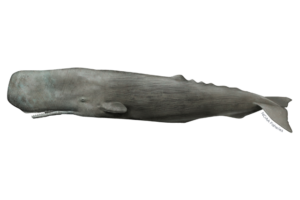
Fin Whale: The second-largest whale species, fin whales inhabit deep, offshore waters in temperate to polar regions. They migrate seasonally between feeding areas in the Arctic and Antarctic and breeding areas in tropical waters.
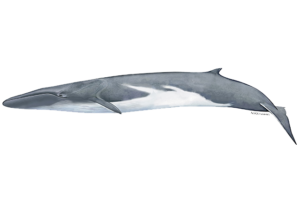
Efforts in Cleanliness and Conservation
The cleanliness of Florida’s coasts is integral to the survival of these species. Every quarter, tons of plastic and petroleum derivatives are recovered from the sea. This ongoing effort is crucial for maintaining a healthy marine environment and ensuring that sensitive ecosystems thrive. Florida’s aquaculture and fisheries are also adapting to the changing climate. Emerging subsectors, such as open ocean aquaculture and restoration aquaculture, show promise for supporting the state’s economy while preserving natural diversity and marine species under threat.
By fostering respect for life and natural diversity, and engaging with companies to support these efforts, there is a collective movement towards a self-sustainable future. The recovery of waste from the waters not only provides a cleaner habitat for marine life but also offers a pleasant and natural experience for all who enjoy these waters.
“Together, these actions demonstrate a profound commitment to the future, ensuring that our children and grandchildren will witness these magnificent species in their natural habitats, free from the perils of pollution and environmental degradation”




